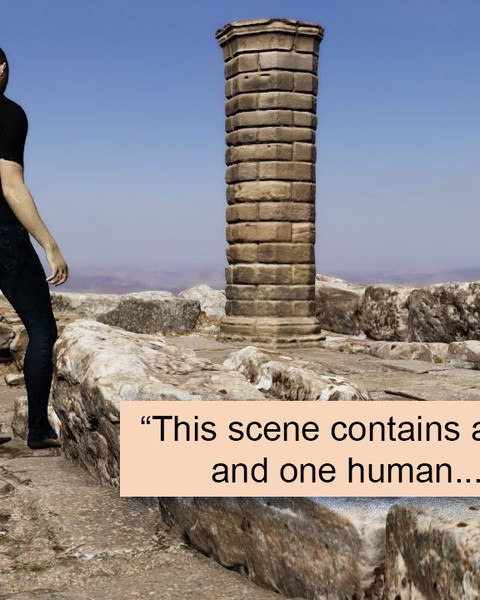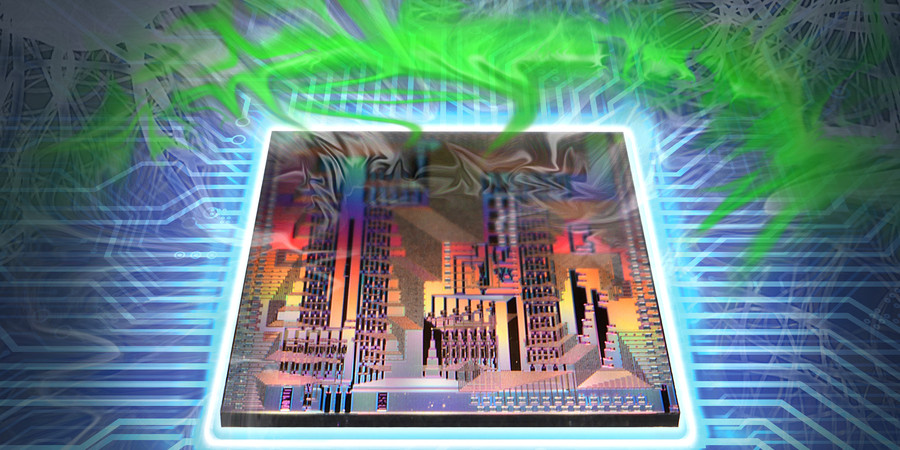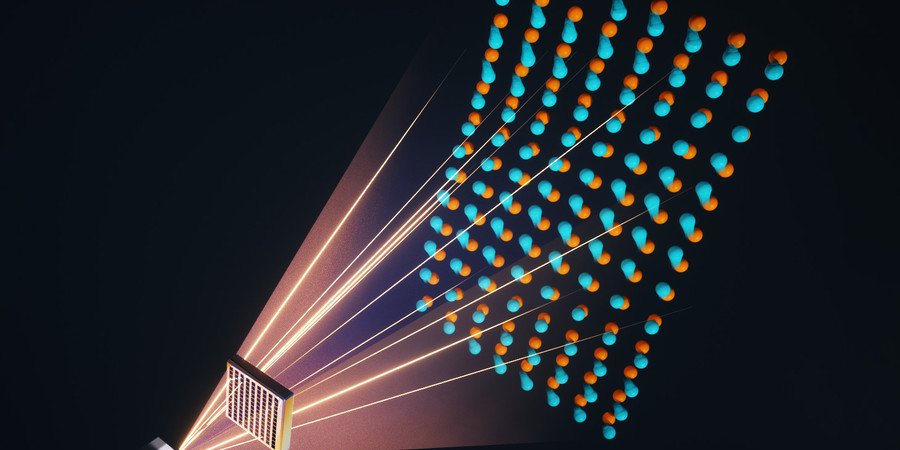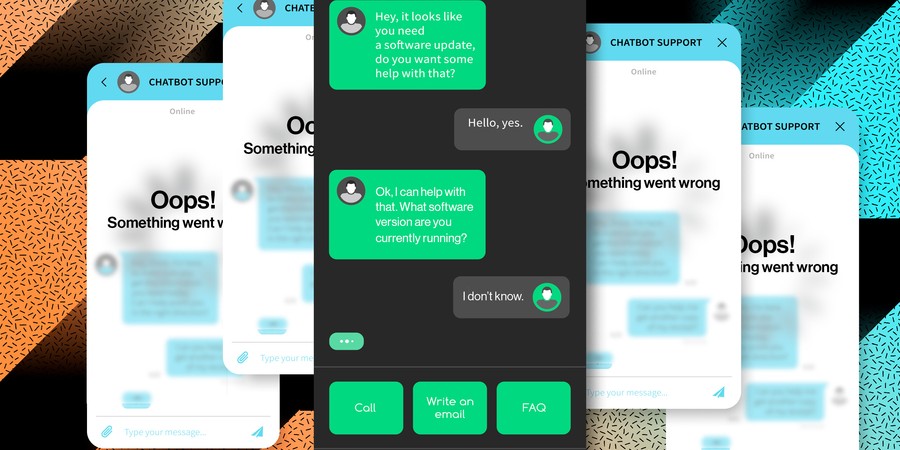September 13, 2023
Powerful machine-learning algorithms known as vision and language models, which learn to match text with images, have shown remarkable results when asked to generate captions or summarize videos.
While these models excel at identifying objects, they often struggle to understand concepts, like object attributes or the arrangement of items in a scene. For instance, a vision and language model might recognize the cup and table in an image, but fail to grasp that the cup is sitting on the table.
Researchers from MIT, the MIT-IBM Watson AI Lab, and elsewhere have demonstrated a new technique that utilizes computer-generated data to help vision and language models overcome this shortcoming.
The researchers created a synthetic dataset of images that depict a wide range of scenarios, object arrangements, and human actions, coupled with detailed text descriptions. They used this annotated dataset to “fix” vision and language models so they can learn concepts more effectively. Their technique ensures these models can still make accurate predictions when they see real images.
Complete article from MIT News.
Explore
Photonic Processor Could Enable Ultrafast AI Computations with Extreme Energy Efficiency
Adam Zewe | MIT News
This new device uses light to perform the key operations of a deep neural network on a chip, opening the door to high-speed processors that can learn in real-time.
AI Method Radically Speeds Predictions of Materials’ Thermal Properties
Adam Zewe | MIT News
The approach could help engineers design more efficient energy-conversion systems and faster microelectronic devices, reducing waste heat.
A New Way to Let AI Chatbots Converse All Day without Crashing
Adam Zewe | MIT News
Researchers developed a simple yet effective solution for a puzzling problem that can worsen the performance of large language models such as ChatGPT.




